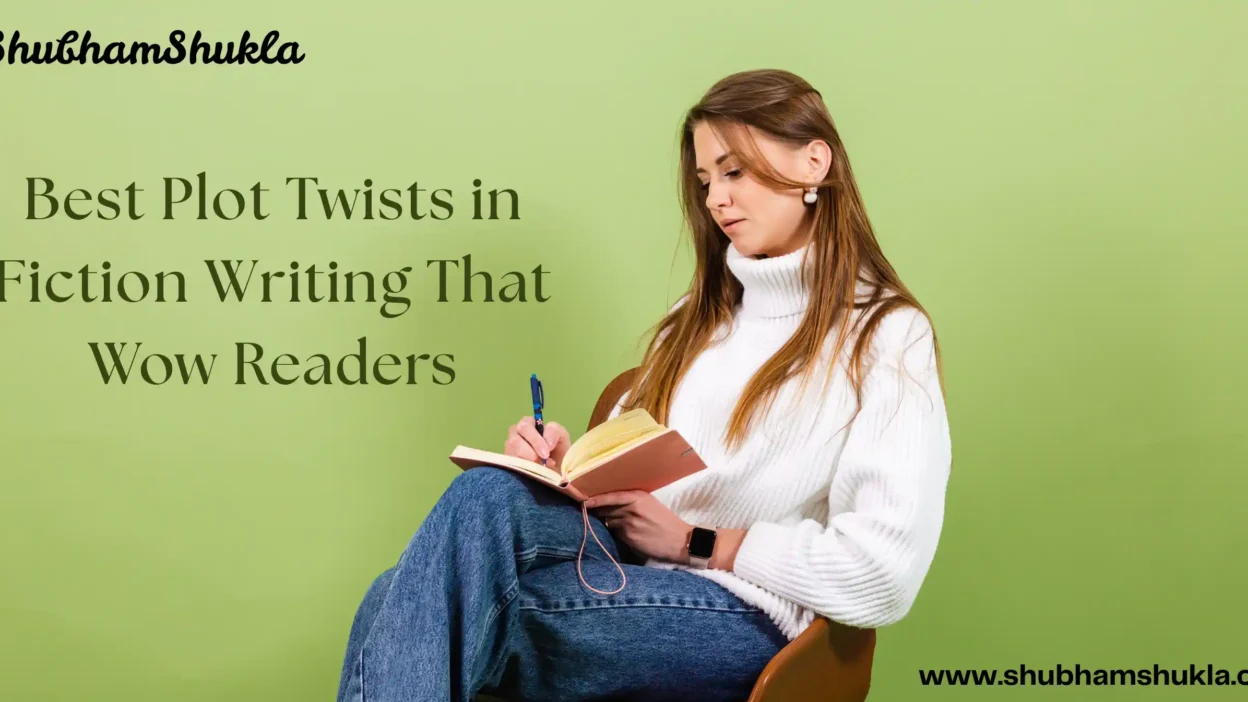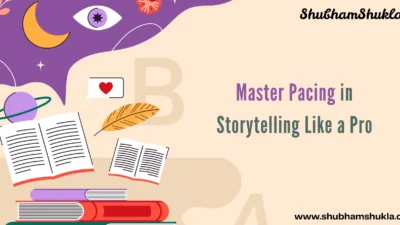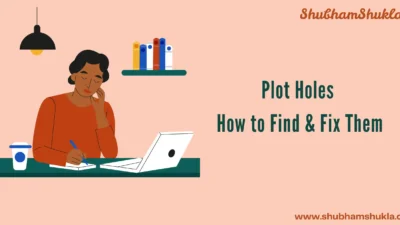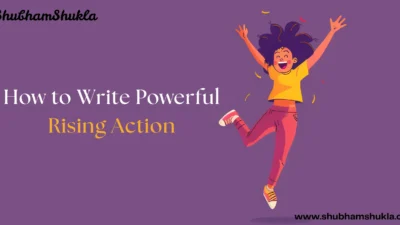If there’s one moment that makes a reader drop the book in disbelief — in the best way possible — it’s a well-executed plot twist. We all live for those gasp-worthy turns: when the villain turns out to be the hero’s father (hi, Darth Vader), or when the quiet side character suddenly betrays everyone. But what really makes the best plot twists in fiction writing stand out? And how can you craft ones that readers won’t see coming — yet still feel completely earned?
Let’s dive into what makes a plot twist unforgettable, how to build one with care, and real examples from beloved books and stories.
You may also like: How to Write a Character Backstory That Actually Matters
Why Plot Twists Matter (and Why They’re So Hard to Nail)
Plot twists aren’t just cheap tricks. At their best, they elevate a story’s emotional impact, reframe what we thought we knew, and keep readers fully engaged. But when done poorly, they can feel gimmicky, confusing, or — worst of all — unearned.
A great twist feels inevitable in hindsight, even if it blindsided you in the moment. That’s why the best plot twists in fiction writing often have subtle breadcrumbs hidden throughout the story — hints readers don’t recognize until the reveal.
Take Gone Girl by Gillian Flynn. That infamous mid-book twist flips the entire narrative, but once you know the truth, all the earlier scenes take on new meaning. That’s masterful storytelling.
You may also read: MBTI Characters: Unlocking the Personality Puzzle in Fiction
Types of Plot Twists That Keep Readers Hooked
Let’s break down a few twist types that consistently work in fiction:
1. The Identity Reveal
This is when a character’s true identity is exposed — and it changes everything. Think Fight Club, where the narrator and Tyler Durden are the same person.
These kinds of twists play with perception and make us question reality itself. They work well in psychological thrillers, mysteries, and character-driven stories.
2. The Unexpected Betrayal
When someone close turns out to be the enemy, it cuts deep. In Game of Thrones, the betrayal of Ned Stark shocked millions. The character was noble, moral — and still, he didn’t survive the political game.
Twists like these hit hard because they tap into trust, something readers invest in alongside the characters.
3. The Hidden Motive
A character’s seemingly kind actions are revealed to have a selfish (or sinister) purpose. Think Snape in Harry Potter. For years, we believed he was nothing but cruel — until we found out the truth behind his protection of Harry.
This kind of twist redefines the emotional stakes and deepens character arcs.
You may also like: The Power of Three: Writing with 3 Main Characters That Truly Shine
Building a Twist That Works: Don’t Just Shock — Make It Earned
If you want to write one of the best plot twists in fiction writing, the key is in the setup.
Start early. Drop clues, contradictions, or odd behavior. These don’t have to be obvious. In fact, the more natural they feel, the better.
Also, avoid relying on coincidence or convenience. A good twist is surprising and logical. When your readers look back, they should be able to say, “Ohhh — I see it now!”
In my own experience…
I found that the most satisfying twist I ever wrote didn’t come from trying to be clever — it came from diving deep into my character’s fears and flaws. I once had a minor character who I’d planned to keep in the background, but as I revised the story, her motives grew stronger.
Eventually, she became the secret architect of the conflict. And because I’d unintentionally laid the groundwork for her change, it felt natural — even to me! So my advice?
Let your characters surprise you, too. That authenticity always comes through on the page.
You may also read: Villain vs Antagonist: Why Understanding the Difference Can Level Up Your Storytelling
Iconic Examples: What We Can Learn from Famous Plot Twists
Here are a few standout examples — and what writers can take from them:
- Agatha Christie’s The Murder of Roger Ackroyd: The narrator turns out to be the killer. It was groundbreaking at the time — and only worked because Christie played fair with the reader.
- Brandon Sanderson’s Mistborn series: The truth behind the “hero prophecy” flips the genre on its head. Sanderson builds deep mythologies and then breaks them open in satisfying ways.
- Shutter Island by Dennis Lehane: The protagonist isn’t investigating a patient — he is the patient. The entire novel plays with perception and reliability.
In all these, the twist doesn’t just change the story — it redefines it. That’s the power you’re aiming for.
Common Pitfalls to Avoid
If you want your twist to stick rather than fall flat, steer clear of these:
- Twisting just to twist: If it doesn’t serve the character arc or theme, readers will feel cheated.
- No setup: A twist with zero foreshadowing can feel like a lie, not a surprise.
- Overcomplicating things: A twist shouldn’t make readers need a spreadsheet to follow your plot. Clarity is key.
You may also like: Character Arc: How Great Stories Make Characters (and Readers) Evolve
Final Thoughts: You Don’t Need a Twist – But If You Have One, Make It Matter
Not every story needs a huge shocker. But when you do go for a twist, let it rise from your characters’ deepest truths and flaws. Focus on emotional impact, not just cleverness.
Twists aren’t about tricking the reader — they’re about making them feel something new.
FAQs: Best Plot Twists in Fiction Writing
Q1: What makes a plot twist “good”?
A good twist feels surprising, but also earned. It should add depth to the story and make earlier scenes more meaningful in hindsight.
Q2: Do all stories need a plot twist?
Not at all! Twists are tools — not requirements. Use them when they serve the story, not just to create shock.
Q3: How do I avoid making a twist feel forced?
Foreshadow early, tie the twist to character development, and avoid relying on coincidence. The groundwork is everything.
Q4: Can you have multiple twists in one story?
Yes — just make sure each one builds tension or reveals something meaningful. Don’t overload your plot with unnecessary turns
If you’ve got a favorite twist you’ve written — or read — I’d love to hear about it. Stories are all about connection, and nothing connects us more than those moments that make us feel.
Happy writing 💙



